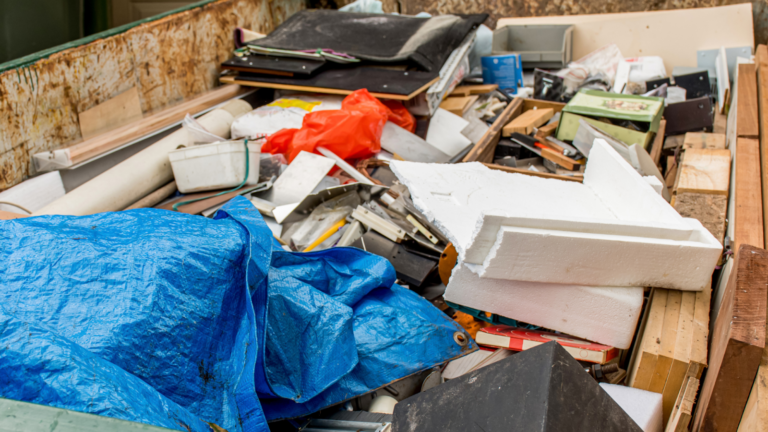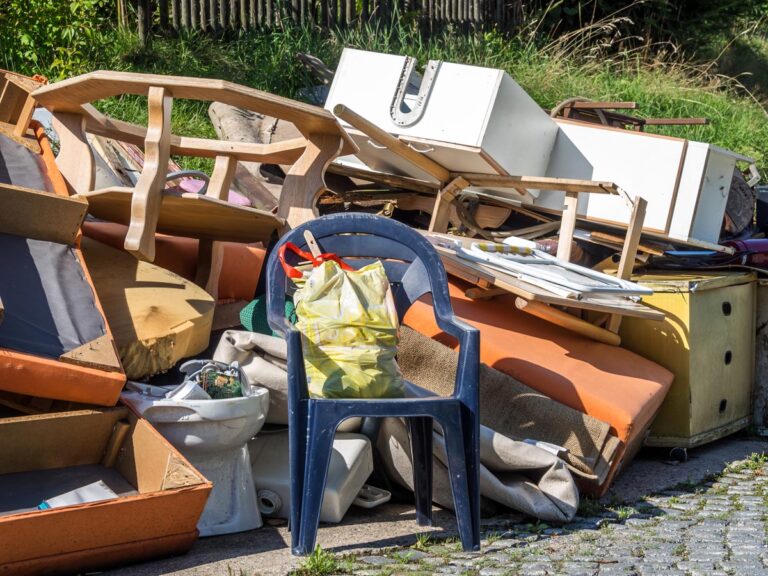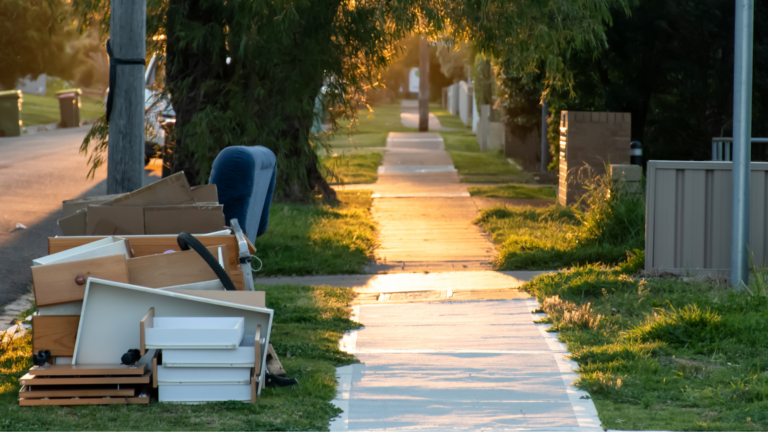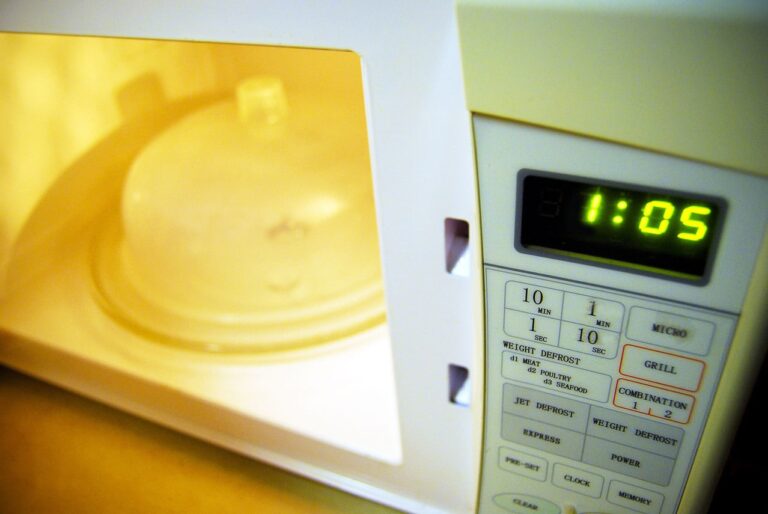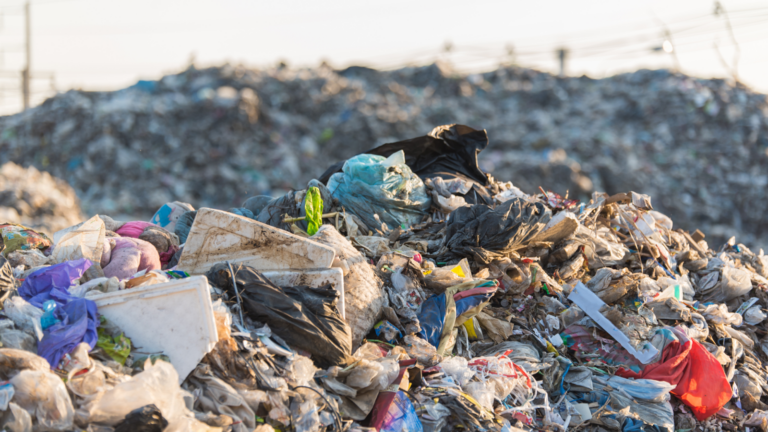Even if we re-use and reduce as much as possible, it’s inevitable that we will generate some form of waste. We can reduce the impact of waste on the environment by recycling our waste. In this post, we shall look at 5 ways in which companies can recycle their waste.
- Anaerobic Digestion
This is a natural biological process used to recycle biodegradable waste such as paper, food and animal waste. In this process, bacteria usually breaks down the waste in an environment with or without little oxygen. After the decomposition is complete, several gases are produced such as biogas (rich in CO2) and renewable natural gas. The gas is collected and used to fuel electric generators or heat and power generators that use fossil fuels.
The digestate (solid material) that is left as residue after the anaerobic digestion process is over can be used to make fertiliser. This is because it has great moisture retention and disease prevention properties. The major drawback of the anaerobic digestion process is that it requires a lot of mechanical pre-sorting to remove non-biodegradable materials. If the materials have already been sorted during collection, then this presorting is not necessary.
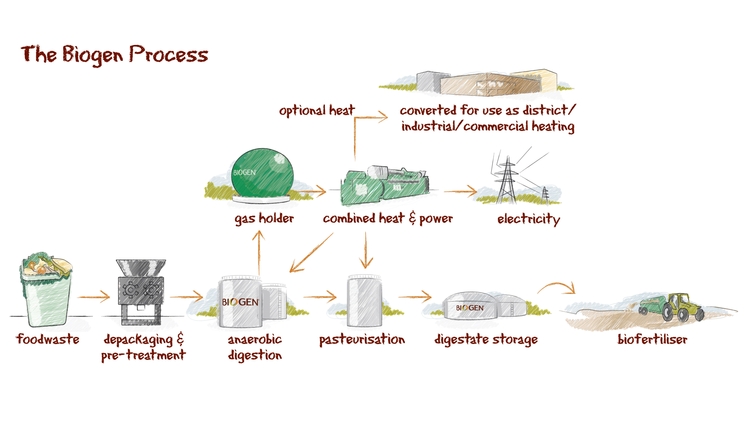
Original source: http://www.biogen.co.uk/Anaerobic-Digestion/What-is-Anaerobic-Digestion
- In-Vessel Composting
In this process, an in-vessel compost facility is usually used to treat garden and food waste. Firstly, the food waste is crushed and mixed with the garden waste after which the mixture is placed in vessels where the air flow, temperature and moisture content are controlled to create optimum conditions for maximum composting. The waste is then left in these sheds for 7 days.
Temperature probes are placed to monitor the heat so that it’s enough to kill all the dangerous bacteria. Finally, the waste is transferred to a pad for the last stage of composting (maturation). This whole process can take about 8 weeks. In the end, a high-quality compost is produced which can be used in public gardens and parks.
- Windrow Composting
Another method of recycling which is similar to the above is windrow composting. Unlike in-vessel composting, this one takes place in open air. A compost pit which is about 1.5 metres deep is used to allow the composting to take place. If it goes above 1.5 metres, the heap is extended lengthways into windrows (low mounds shaped heaps that are wider towards the bottom than the top.
The windrows are usually turned regularly to make sure that all the waste spends enough time in the centre of the heap which is warm and moist. The major challenge of this method is the odours which are difficult to control. This is why windrows are usually used for only garden waste.
- Materials Recovery
This occurs in MRF (Material Recovery Facility) which usually receives recyclable materials that are dry such as paper, plastic, card, tins and glass. The materials are co-mingled (mixed together) and moved along a conveyor system where they are sorted through various sorting methods, such as by use of magnets. They can also be sorted by hand to separate them. The sorted materials are compressed by balers into dense bales that are ready for transport to a reprocessor. In the reprocessor, they are recycled into new products.
To locate your nearest MRF, you can visit Suez’s facilities map. They are one of the largest and reputable recycling and waste management companies in Australia and New Zealand.
- Thermophilic Anaerobic Digestion
Over the years, researchers have discovered that anaerobic digestion, which takes place at any temperatures above 10 degrees Celsius, is very slow and inefficient in producing biogas and killing pathogens. They discovered that increasing the temperatures to above 50 degrees Celsius makes the process more efficient in biogas production and pathogen destruction. As a result of these findings, a more effective concept of biodigestion known as thermophilic anaerobic digestion was created.
Thermophilic biodigestion is preferred to the traditional aerobic digestion as it offers more pathogen destruction, higher biogas production, and better sludge quality. The process also takes much less time and requires lower mixing energy. Thermophilic digestion can be used to recycle organic materials such as food waste and animal fecal matter.
Why Choose Us?
These are the 5 methods that companies can use to recycle their waste. If you are worried about removing a pile of trash and unused items lying in your property, then we can help you remove it and properly recycle it. Contact us now 0407 125 125 for an instant FREE quote. We will take all your undesired junk today so that you don’t have to worry about it!


